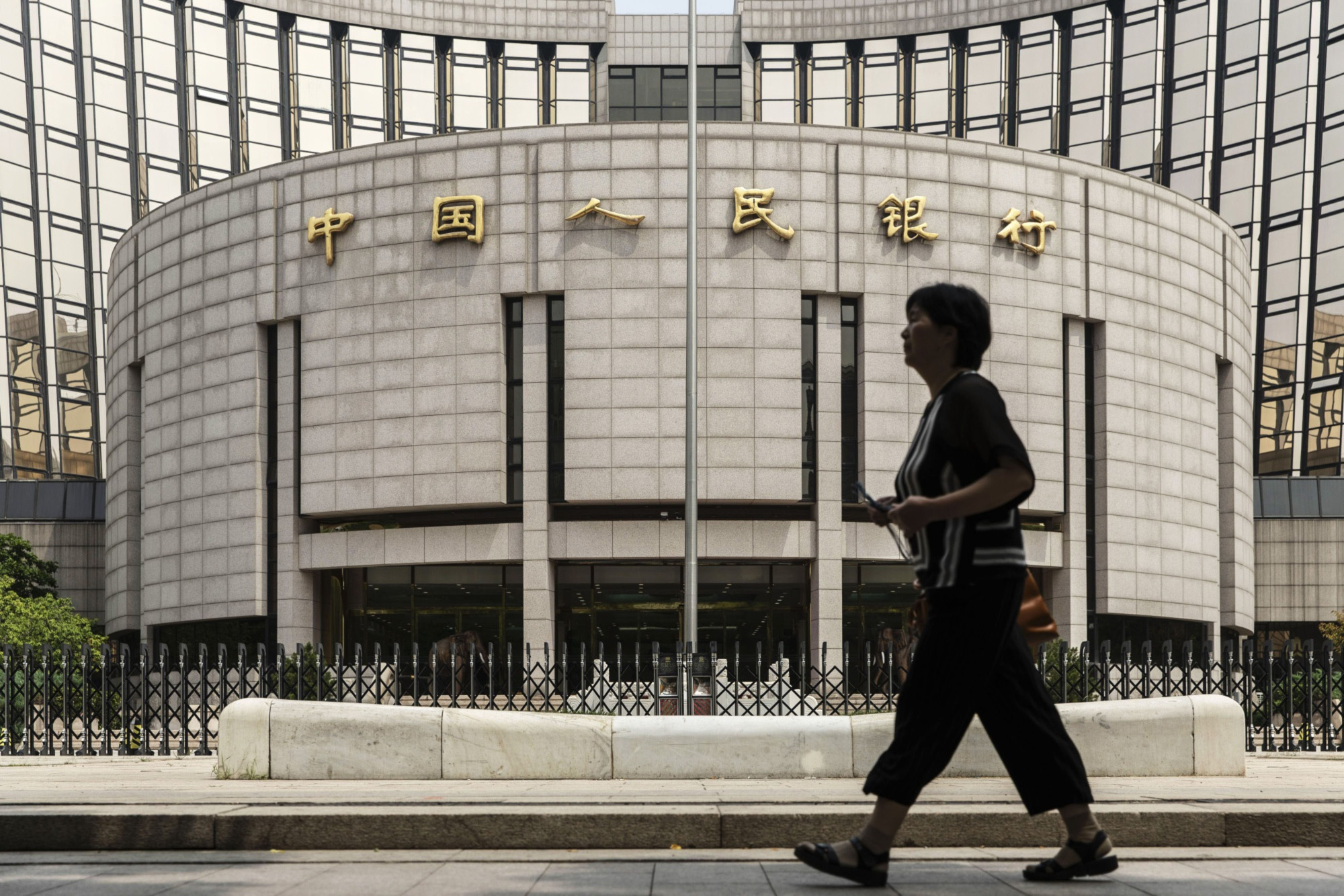Since bitcoin was launched in 2008, the first crypto asset with its own unit of account based on blockchain technology, more than 3,000 crypto assets with a diverse range of features have entered the digital currency market. Yet regulatory authorities around the world have thus far largely indicated they are not threatened by crypto asset growth since the extreme volatility in their value hampers their widespread use as a medium of exchange and a store of value. This reflects their lack of intrinsic value and lack of a mechanism to stabilize their value, such as a circuit breaker in the case of stock transactions.
In recent years, however, new types of crypto assets called stablecoins have emerged that are more resistant to volatility problems.
One of the original stablecoins is tether, issued by Tether Ltd. in Hong Kong in 2014, with its own unit of account called USDT that guarantees a one-to-one conversion ratio with the dollar. Tether is pegged to the dollar with 100 percent underlying reserves comprised of dollars and equivalents.


















With your current subscription plan you can comment on stories. However, before writing your first comment, please create a display name in the Profile section of your subscriber account page.